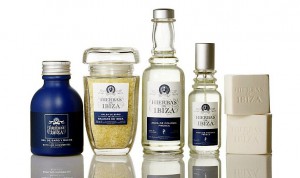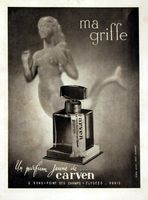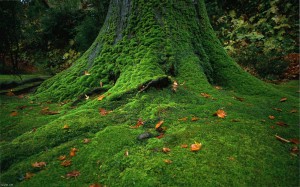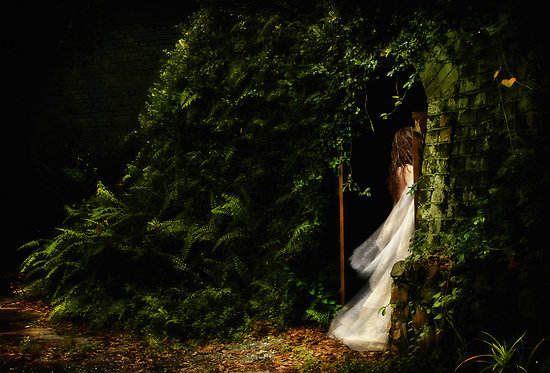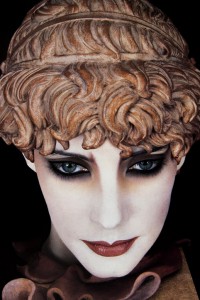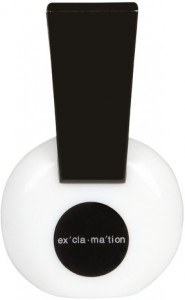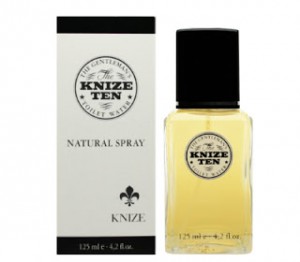The Afternoon of a Faun by Etat Libre d’Orange
L’Aprés Midi D’un Faun or The Afternoon of a Faun was composed by the French poet Stéphane Mallarmé in 1865. The poem recounts the erotic imaginings of a Faun which comes upon two nymphs in the forest. Mallarmé was one of France’s four major poets of the second half of the 19th century, along with Charles Baudelaire, Paul Verlaine, and Arthur Rimbaud. He is noted as one of the pioneers of symbolism in poetry, and while critics argue that he often used obscure imagery to express emotional experience, The Afternoon of a Faun is very much to the point as illustrated below. Given the sexual content of the poem, one can only imagine what the “less sorrowful vapors” represent.
I adore it, the wrath of virgins, the wild
Delight of the sacred nude burden which slips
To escape from my hot lips drinking, as lightning
Flashes! the secret terror of the flesh:
From the feet of the cruel one to the heart of the timid
Who together lose an innocence, humid
With wild tears or less sorrowful vapours.
Mallarmé’s poems inspired Debussy’s tone poem (1894) of the same name, which was later interpreted into a ballet by Vaslav Nijinsky for the Ballet Russes. The 1912 ballet proved exceptionally scandalous for its unconventional choreography and graphic sexual depictions. Obviously, the use of this name for a perfume is meant to convey an entire catalog of associations and points to a highly animalic and sensual creation, and yet I cannot help but find that the perfume, while lovely, does not live up to the connotations.
The fragrance opens with a sharp and distinctly woody, herbaceous character, which is made somewhat opulent by the introduction of immortelle. Immortelle can manifest itself quite differently in different compositions, and here it takes on a sweet, tobacco-like character. At first application, I imagine myself to be in the woods with the Faun as he awakes from his slumber, but this is where the similarity to the tale ends.
As the fragrance progresses, it is punctuated by rose and the woody notes take on a more floral character, with a spicy, leathery aspect. While The Afternoon of a Faun does contain moss and leather notes suggestive of an animalic perfume, it does not reach the same depths as the vintage fragrances previously reviewed. Justin Vivian Bond and Ralf Schwieger’s creation for Etat Libre d’Orange is a decidedly modern interpretation on the Faun/Fur theme, one which touches on the lighter aspects of the forest, as opposed to the deeply sensual activities of the Faun. The perfume has an incredible sillage and potent lasting power, so a light application is suggested.
Spicy Woods
Notes: Bergamot, Pepper, Cinnamon, Incense, Rose, Immortal Flower, Orris, Jasmine, Myrrh of Namibia, Moss, Leather, Benzoin.

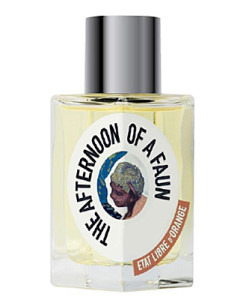

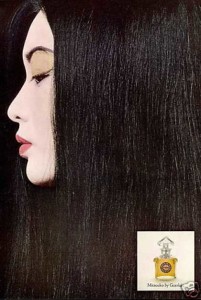
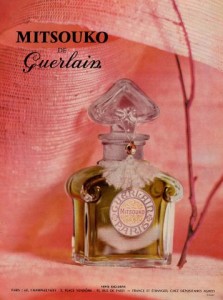
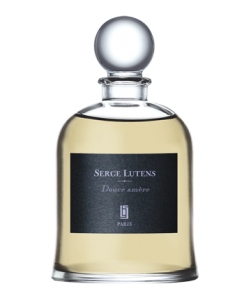
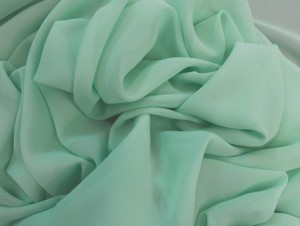
 First bitter, then sweet, it’s absinthe of course.
First bitter, then sweet, it’s absinthe of course. Serge Lutens
Serge Lutens